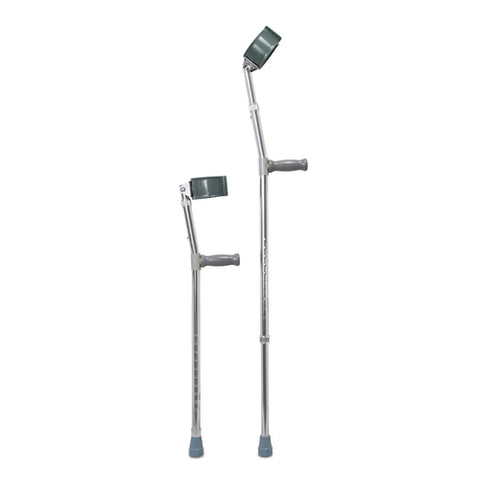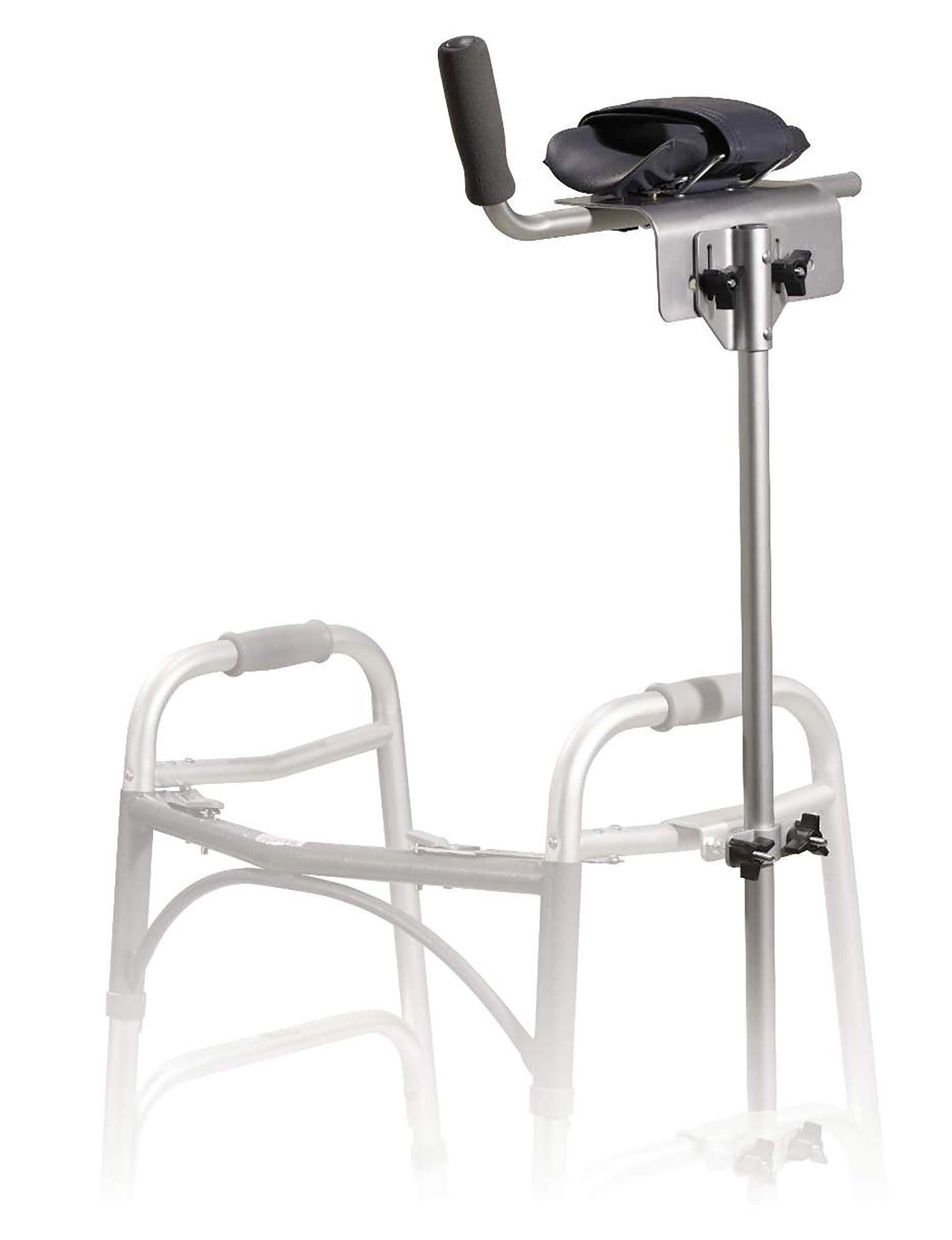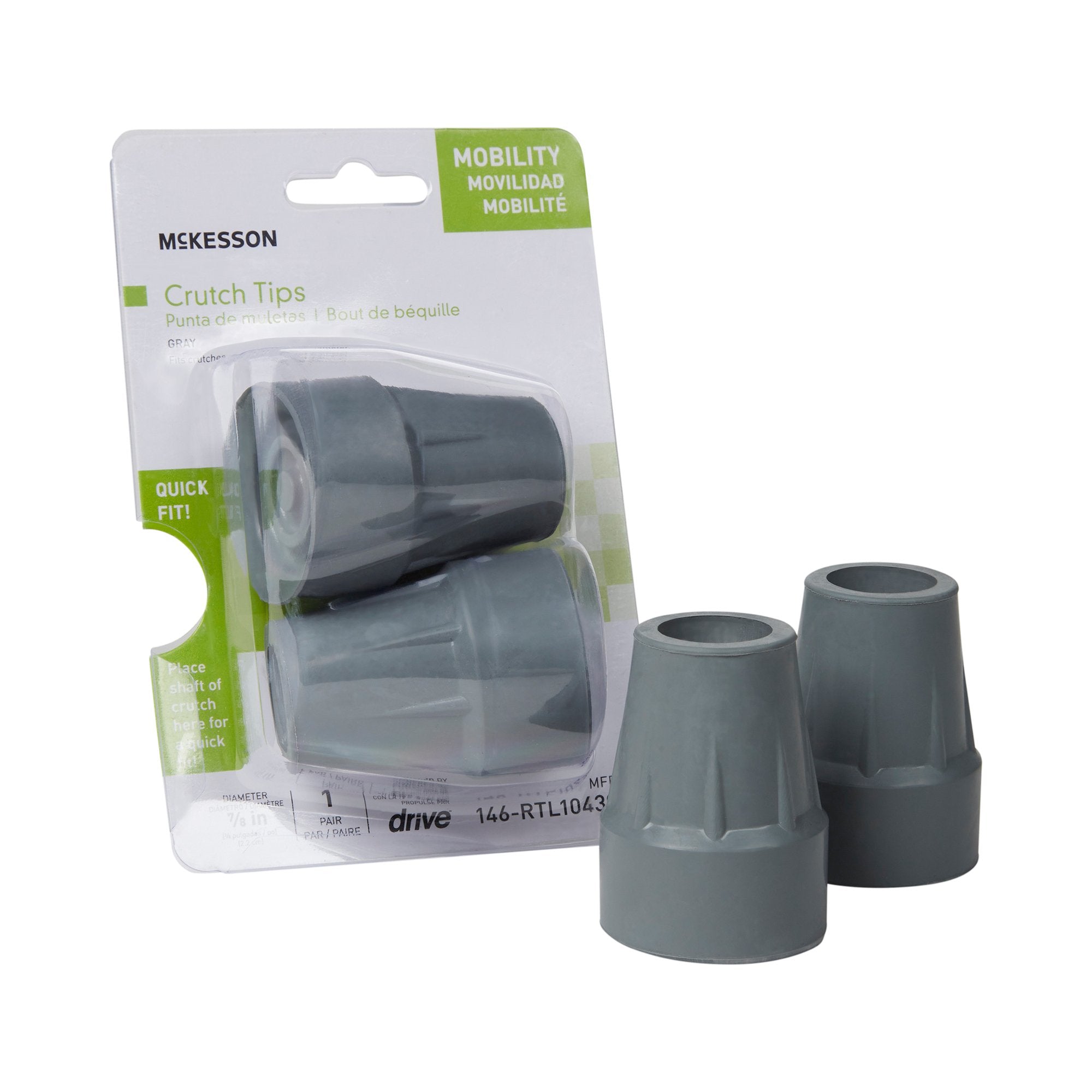If you are considering forearm crutches as an mobility aid, it is important to weigh the pros and cons before making a decision. This article will help you understand the potential benefits and risks of forearm crutches, as well as how to choose the right type of crutch for you.
The Pros of Forearm Crutches
There are several potential benefits to using forearm crutches. First, they can help improve your mobility and independence. Forearm crutches can also help you avoid falls and injuries by providing additional stability and support. Additionally, forearm crutches can help improve your posture and reduce stress on your joints.
Another benefit of forearm crutches is that they can help you stay active and exercise. Using crutches can help you stay mobile and get around, even if you have a disability or injury. Additionally, forearm crutches can help you stay fit and healthy by providing a workout for your upper body.
Overall, forearm crutches offer many potential benefits. They can help improve your mobility and independence, avoid falls and injuries, improve your posture, and reduce stress on your joints. Additionally, they can help you stay active and exercise. If you're considering using forearm crutches, be sure to talk to your doctor or physical therapist to see if they are right for you.

The Cons of Forearm Crutches
There are also some potential drawbacks to using forearm crutches. One of the biggest concerns is the risk of developing skin problems, such as blisters or calluses. Additionally, forearm crutches can be challenging to use at first and may require some practice to get used to. Additionally, forearm crutches can be slippery on wet or icy surfaces.
Another potential downside to forearm crutches is that they can put extra strain on your wrists and arms. If you have any pre-existing conditions in these areas, it's important to consult with your doctor before using forearm crutches. Additionally, forearm crutches can be less stable than other types of crutches, which may make you more likely to fall.
If you're considering using forearm crutches, it's important to weigh the pros and cons to decide if they're right for you. Forearm crutches can be a great option for some people, but they may not be the best choice for everyone.
How to Choose the Right Forearm Crutch for You
When choosing forearm crutches, it is important to consider your needs and lifestyle. For example, if you have limited mobility, you may need a heavier-duty crutch that can support your weight. If you live in a cold climate, you may need a crutch with an ice pick to help you navigate icy sidewalks. You should also consider the height of the crutch and the width of the handgrip to ensure a comfortable fit.
Some other factors to keep in mind when choosing forearm crutches include the weight of the crutch, the material the crutch is made of, and the adjustability of the crutch. You will also want to make sure that the crutch you choose is comfortable to use and easy to adjust.
The Different Types of Forearm Crutches
There are two main types of forearm crutches: underarm and elbow. Underarm crutches are the most common type of crutch and are typically recommended for people who have good upper-body strength. Elbow crutches, on the other hand, are worn on the forearm and are typically recommended for people who have limited mobility in their hands or arms.
Underarm crutches are usually made of aluminum for it's lightweight but sturdy structure and feature a padded cuff that goes under the armpit. The crutches are held in place by the weight of the body and the user’s grip. Elbow crutches, on the other hand, have a padded cuff that goes around the forearm and are held in place by the user’s grip. Both types of crutches have a handgrip and a rubber tip at the bottom.
The Benefits of Forearm Crutches
Forearm crutches can offer many benefits, including improved mobility and independence, increased stability and support, improved posture, and reduced stress on joints. Additionally, forearm crutches can help you avoid falls and injuries.
If you are considering forearm crutches, be sure to consult with your doctor or physical therapist to ensure they are the right choice for you. They can help you learn how to use them properly and safely.
The Risks of Forearm Crutches
There are also some potential risks associated with forearm crutches, including the development of skin problems, such as blisters or calluses. Additionally, forearm crutches can be challenging to use at first and may require some practice to get used to. Additionally, forearm crutches can be slippery on wet or icy surfaces.
Another potential risk of forearm crutches is that they can put extra strain on your wrists and shoulders. If you have any pre-existing conditions in these areas, it's important to talk to your doctor before using forearm crutches.












